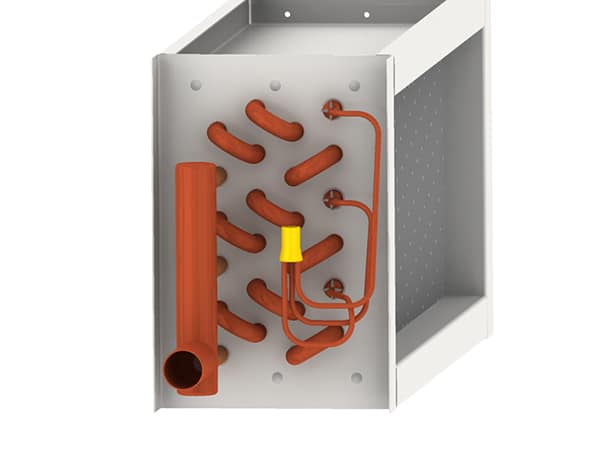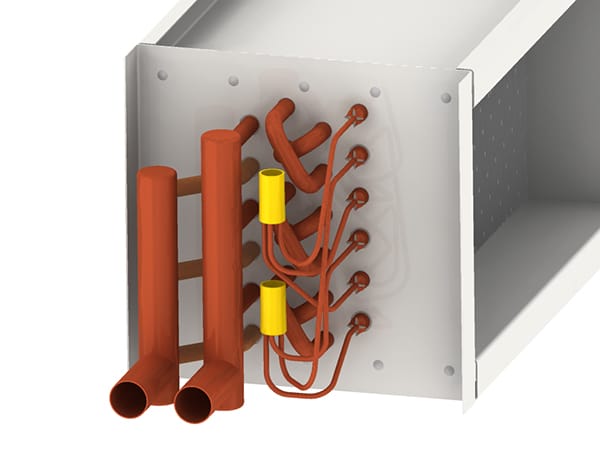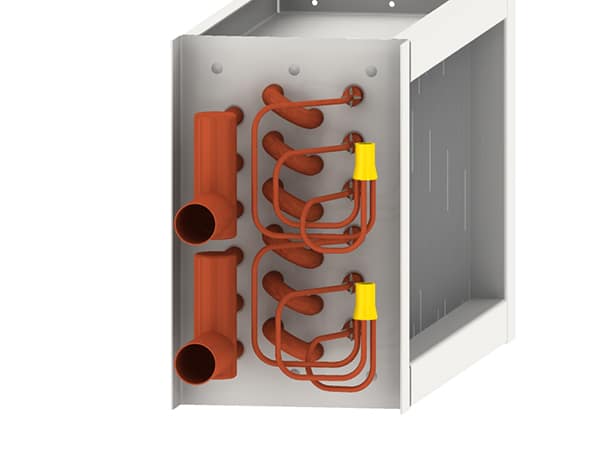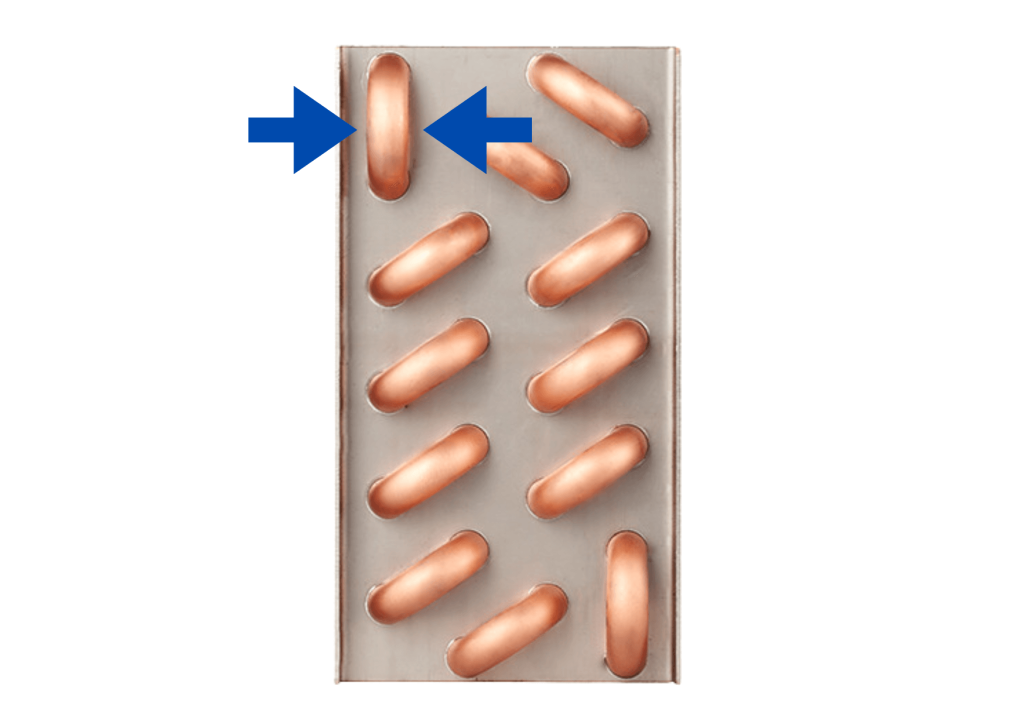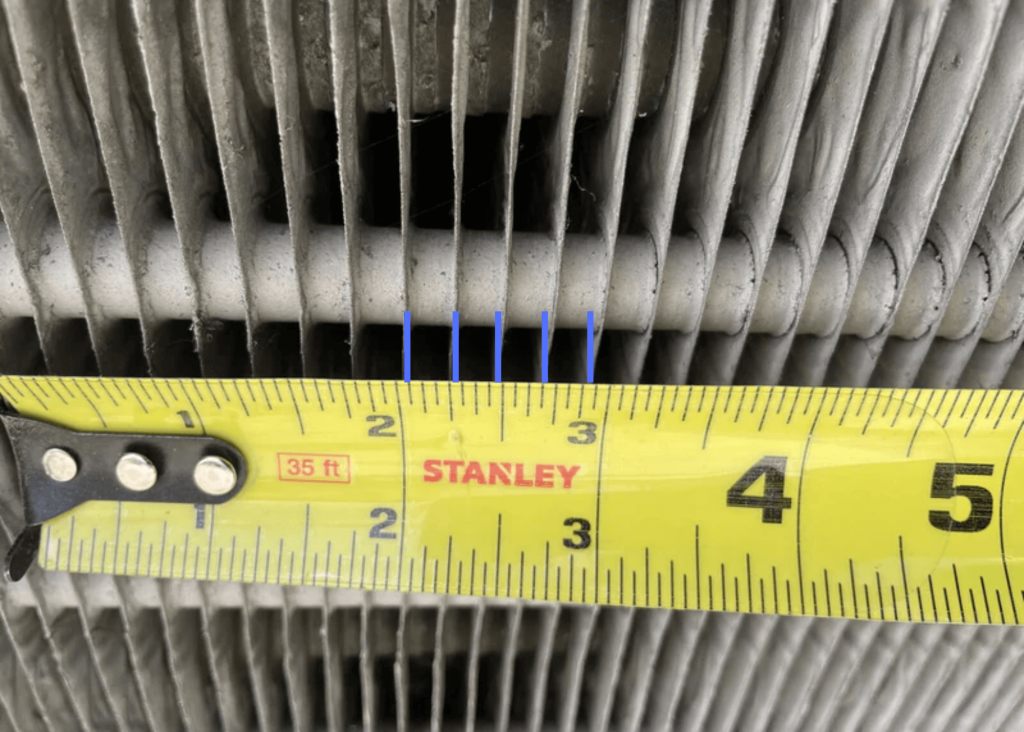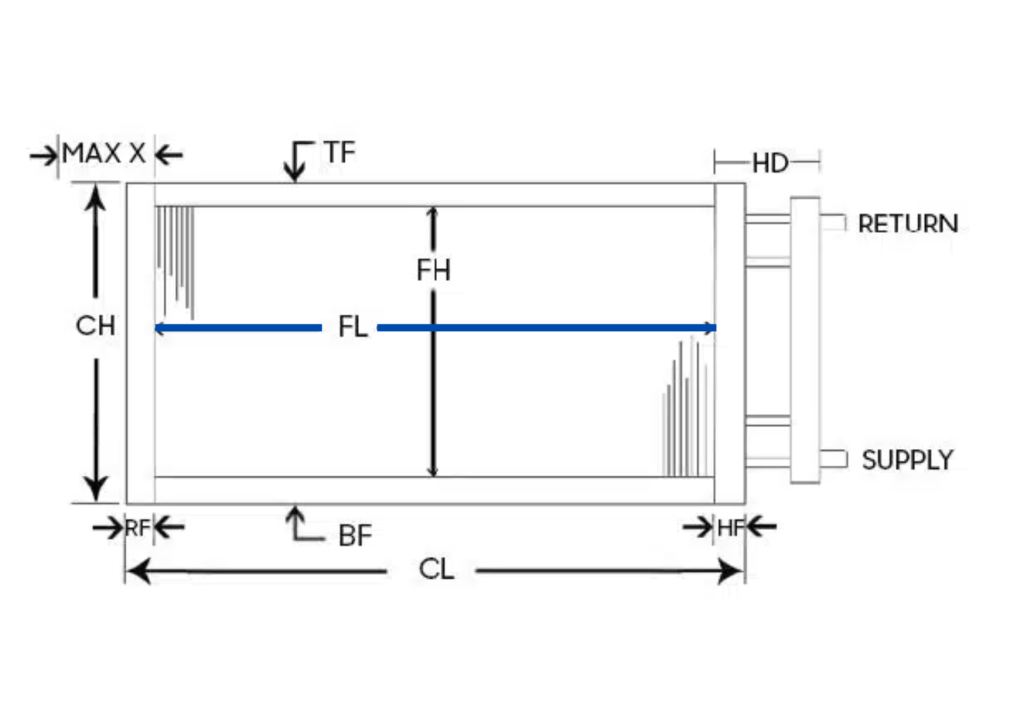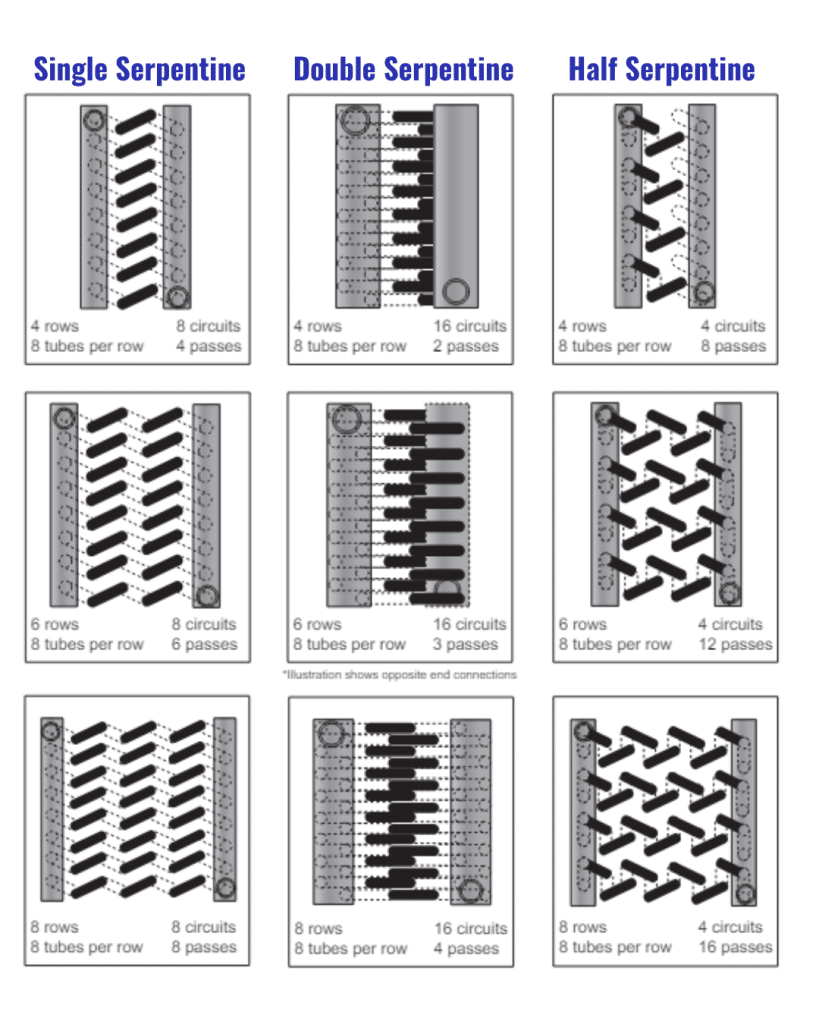Bitzer
The BITZER Group provides innovative products and services in refrigeration and air conditioning technologies. Their products play a vital role in maintaining ideal temperatures in various applications, from buses and trains to buildings and food transportation. Fueled by a commitment to perfection, precision, efficiency, and sustainability, BITZER shapes the industry with specialist skills and a […]



